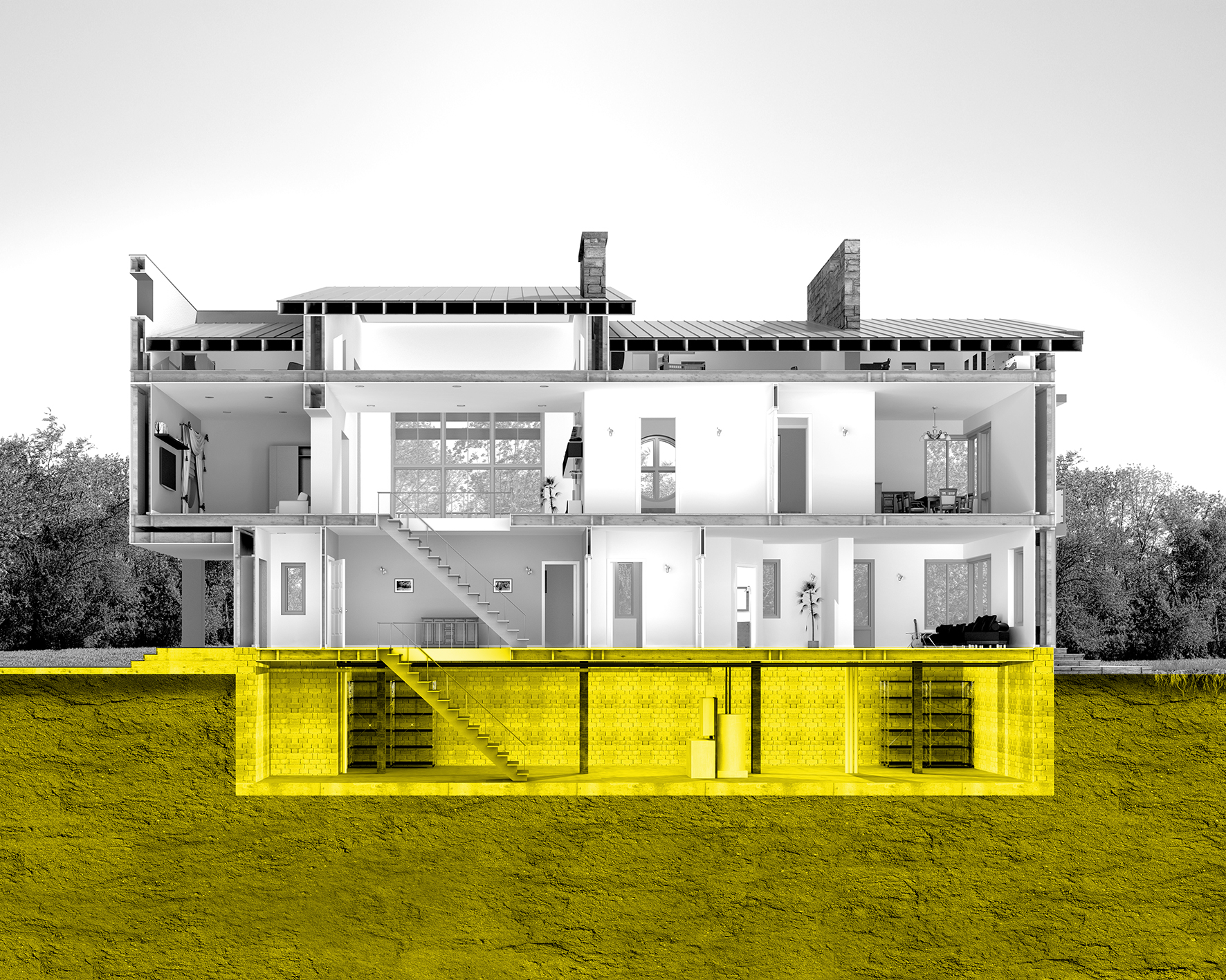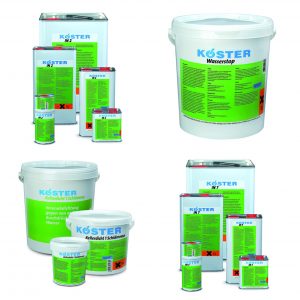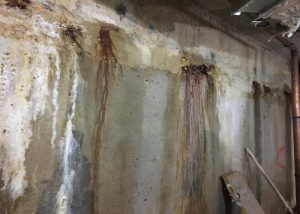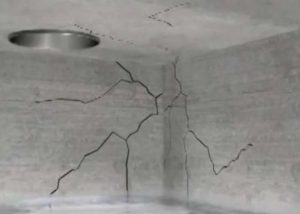
For anyone in a non-technical sense to fully appreciate the nature and risks associated with water ingress in below ground structures, we invite you to read this paper to gain an understanding of substructure waterproofing and the importance of remedial action. Potential consequences of active leaks are numerous, from cost for remedial works to reduction in building life cycle.
Sources of external water such as a high or rising water table, river, extreme weather, tidal changes, poorly drained soil, defective drains can all result in water penetration of a structure at below ground level.
This penetrating water may have enough pressure and strength to ingress a structure, even one which is presumed to have been adequately waterproofed.
Basements and other below ground structures can leak both during and after construction. Any construction below ground will always be subject to groundwater. Groundwater will try and will seep through cracks and joints in all construction. Joints (from movement to floor/wall junctions) will always require attention when waterproofing and these are common pitfalls in project fails.
There are often miscommunications and understanding of definitions of waterproofing. It is often presumed one waterproof system is enough to ‘waterproof’ a below ground structure, leading to a misconception that the structure is impervious to ground water.
Waterproofing design should always be undertaken by a Waterproofing Design Specialist, someone with a CSSW or equivalent qualification and to be designed to meet British Standard BS 8102:2009. A Waterproofing Design Specialist will always design a waterproofing system to reduce risk, this system will combine the project requirements with best practice. The successful choice, design and construction of a waterproofing scheme rely on heavily on communication between the manufacturer, design team, installer, contractor and owner – a better understanding of advice and practicalities encourage Best Practice and ultimately openness, transparency and accountability.
Remedial work to active leaks in construction, which is exposed, are relatively easy to find and fix. If the construction is not exposed and finishing’s are in place, these leaks are difficult to find but not impossible. Use of a thermal imaging cameras/borescopes/moisture meters or visual inspections are usually enough to locate these leaks.
Depending on the leak itself will depend on the remedial work required. It is important to understand the waterproofing options available and how these will have a cost and time implication to a project.
Join Georgia Burbridge, CSSW on Tuesday 26 May at 11 am for her live presentation on “Active Leak Stopping”. To register for this online live seminar, just email [email protected]. Rachel will respond with a link, meeting ID and password. On the day, simply click on the link provided and join the presentation.



